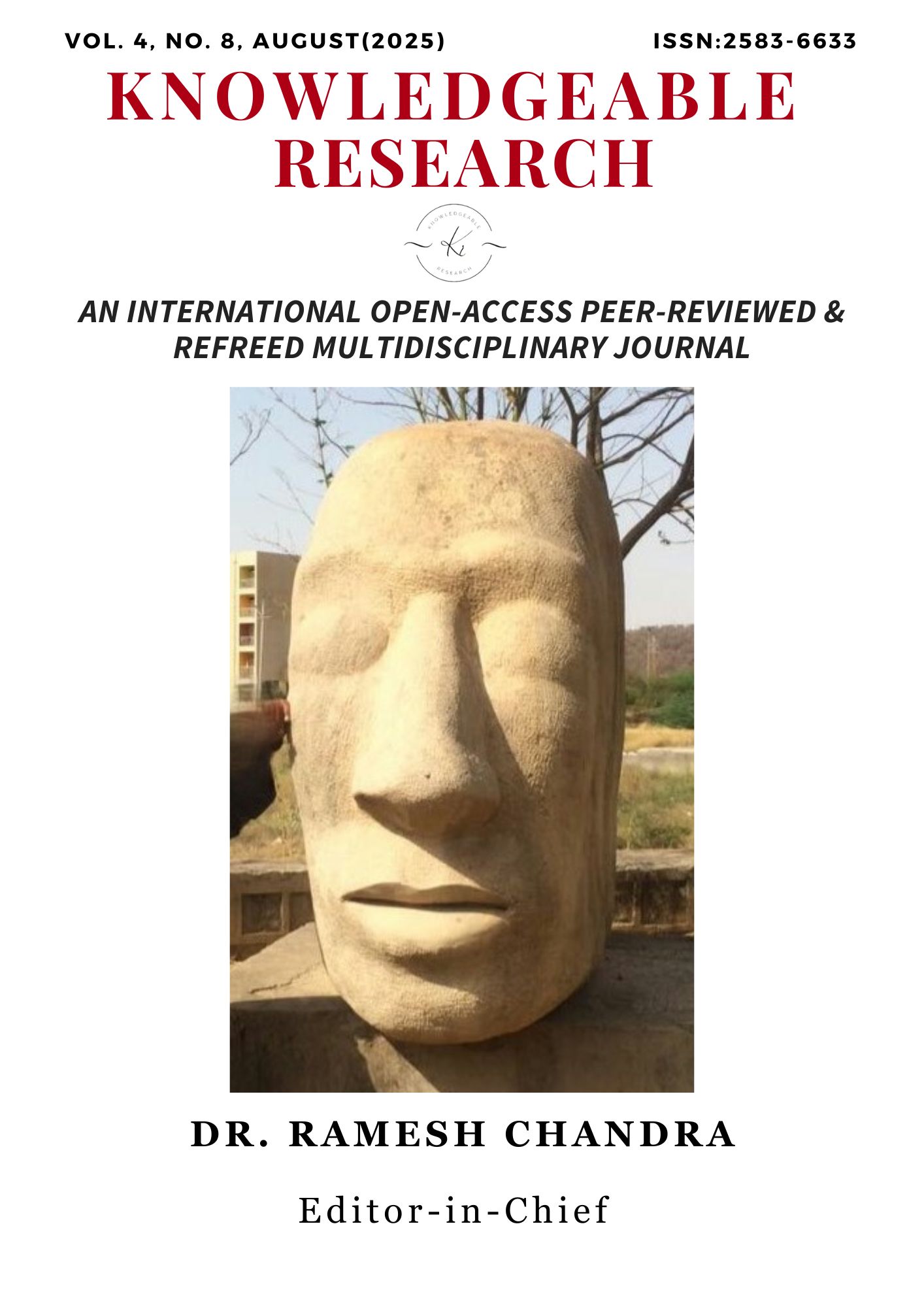Indian agriculture and ecology in the shadow of colonial economy: contemporary context and challenges
Main Article Content
Abstract
This article presents a comprehensive analysis of the structural transformations in Indian agriculture and ecology under British colonial rule. The profit-maximizing objectives of the colonial economy fundamentally transformed land relations, production structure, and natural resource governance. Community rights over land and self-sufficient rural economy were transformed into a structure based on private ownership and cash rent through the zamindari, ryotwari, and mahalwari systems, resulting in the commercialization of agriculture, crop specialization, fragmentation of land holdings, rural indebtedness, dispossession of peasants, and growth of the agricultural labour class. At the same time, industrialization and the demand for raw materials in the global market led to the expansion of export-oriented crops such as cotton, jute, wheat, sugar, etc., but technological modernization remained limited and disguised unemployment increased. On the ecological side, commercialisation of natural resources, railway expansion, classification of reserved/protected forests by forest laws and scientific forestry (single-species planting) seriously affected biodiversity, local livelihoods and ecological balance; community access to fuel-fodder and minor forest produce was restricted, shifting cultivation and traditional uses were restricted, and state-community conflict intensified. The article argues that while colonialism broke the isolation of self-sufficient villages, integrated the national market and expanded infrastructure (such as railways), it came at a cost in the form of loss of social justice and environmental sustainability of agro-ecology. As a result, colonial policies led India towards a classic colonial economy, in which revenue collection and export profits were central, but agricultural development, rural welfare and ecological conservation were neglected.
Article Details
Section

This work is licensed under a Creative Commons Attribution-NonCommercial 4.0 International License.

